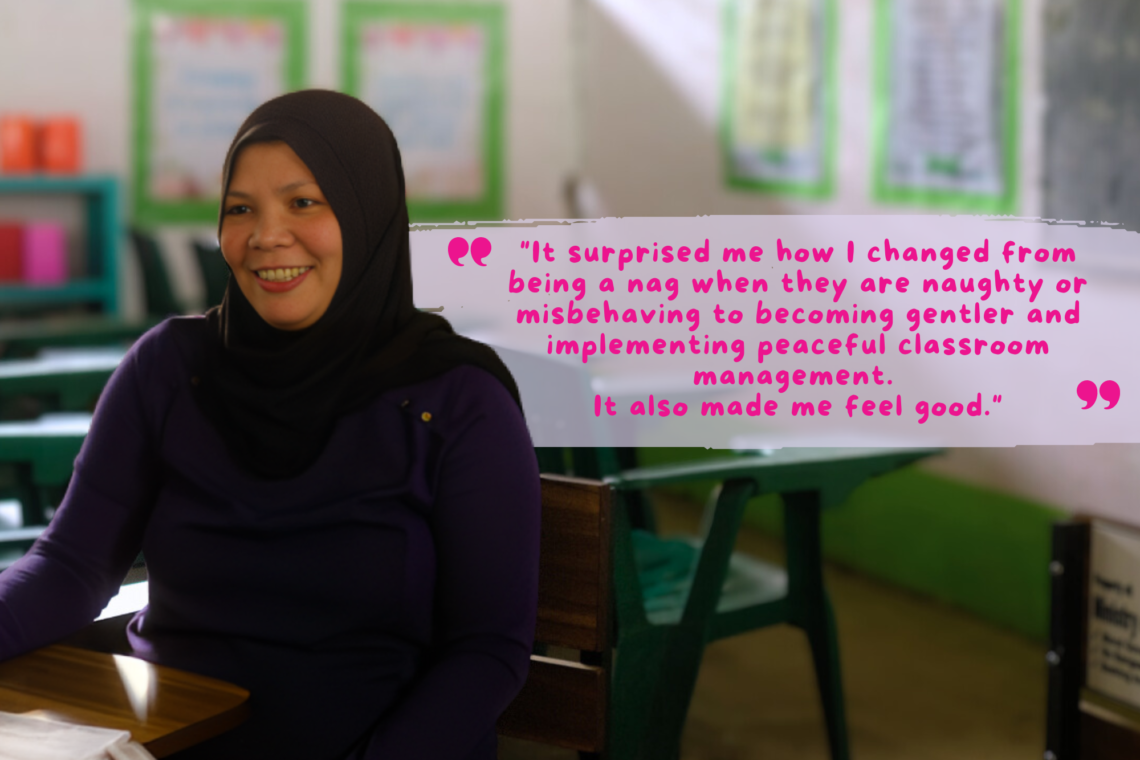Baimonah “Ma’am Bai” Mamacol is a grade 6 teacher at Buayaan Elementary School in Ditsaan, Ramain Lanao del Sur. She has ten years of teaching experience and is a mother of four. She enjoys going to training seminars for her professional growth. Her family is native to the town of Ditsaan-Ramain, one of the communities closest to Marawi. She remembered vividly the terror they had to live through in Marawi as the fighting persisted.
Ma’am Bai is a participant in the Peace Education Leadership Formation Course for Educators, which trained teachers on how to integrate peace education in schools as well as how to live peacefully and incorporate peaceful practices into their daily lives.
During the Marawi Siege, she and her family decided to stay to protect their properties until the siege was over. Until now, she finds it unbelievable how the sounds of bombs going off and gunfire started to become a part of their daily lives at that time. They must take longer trips each week around Lanao Lake to Iligan, which is five times longer, to buy and maintain their daily needs. They have been able to survive without electricity for the past four months because Marawi’s primary source had to be shut down for security reasons. Because of the stress, worry, and hassle of daily life, she came to understand the value of instilling peace in her students.
She learned a lot during the siege about being a Muslim, a daughter, and a parent. She is aware that she can help her students, but she is unsure of how to get started. She remembers how, when schools in Lanao opened a month after the siege, the importance of peace education became essential. Since students decided to attend classes during that time of ongoing fighting in Marawi, it put her profession as a teacher to the test. She can only hope that there are ways to teach peace or even a proper way to process her student’s feelings and have inner peace from the ongoing conflict.
Years after, Ma’am Bai met Teach Peace Build Peace Movement (TPBPM); she heard that an organization would train not only students but the teacher and parents, too, in an inclusive and holistic approach to peace education. They believe that every part of our society and our community has a role to play. She was enthusiastic when she heard about the learning opportunities for peace education. She is aware that teachers, like the students, would appreciate these lessons being imparted to their lives, as they were also victims of the Marawi siege.
Throughout the course, she came to understand that there are internal paths to achieving peace in addition to an external battle for harmony. She learned how being gentle with her students would impact her outlook on life. She felt most at ease when she became gentle. She concludes that being gentle involves treating not just others but also ourselves.
“It surprised me how I changed from being a nag when they are naughty or misbehaving to becoming gentler and implementing peaceful classroom management. It also made me feel good.”
She enjoys learning about different love languages and how to use them with different people in her life. First, her family. As a mother of four, she is now more aware of the needs of each of her children because they all express their love in different ways. Then she goes to work, where the faculty members may have different views and guiding principles, but after the lesson, something has changed in the way they approach misunderstanding and differences.
“Like any other workplace, we teachers encounter misunderstandings also. But after the program, we learned tolerance and gained more understanding that we have different stories and struggles. I learned that there were conflicts that we needed to peacefully resolve, especially if it would affect other people in the school, and we do not want students to see us fighting over little things.”
She enjoys learning about different love languages and how to use them with different people in her life. First, her family. As a mother of four, she is now more aware of the needs of each of her children because they all express their love in different ways. Then she goes to work, where the faculty members may have different views and guiding principles, but after the lesson, something has changed in the way they approach misunderstanding and differences.
“Like any other workplace, we teachers encounter misunderstandings also. But after the program, we learned tolerance and gained more understanding that we have different stories and struggles. I learned that there were conflicts that we needed to peacefully resolve, especially if it would affect other people in the school, and we do not want students to see us fighting over little things.”


